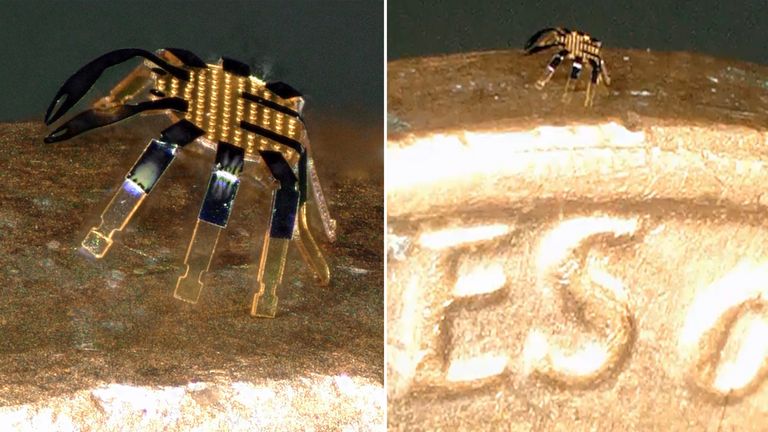-
CANBERRA: India-Australia partnership aims to bridge skill gap for future employment - April 15, 2024
-
HOUSTON: Mumbai boys in the final rounds of FIRST World Robotics competition to be held in Houston - April 14, 2024
-
MADRAS: IIT Madras NPTEL translates thousands of technical courses into several regional languages - April 10, 2024
-
MUMBAI: Shahid Kapoor opens up about the challenges faced by character actors in Bollywood - April 8, 2024
-
NEW DELHI: World Health Day 2024: Date, Theme, History, Significance and Interesting Facts - April 6, 2024
-
LONDON: Indian-Origin Teen In UK Gets “Life-Changing” Cancer Treatment - April 3, 2024
-
BENGALURU: Indian scientists unravel genetic secrets behind lumpy skin disease outbreak - March 30, 2024
-
NEW DELHI: Youngsters’ Increasing Stress Levels, Early Onset of Diseases an Alarming Health Trend: Apollo Hospitals Chief - March 28, 2024
-
MARYLAND: All About Pavan Davuluri, New Head Of Microsoft Windows - March 27, 2024
-
MUMBAI: Pyaar Kiya To Darna Kya turns 26: Kajol says THIS was the symbol of an innocent girl back then - March 27, 2024
TORONTO: Meet the smallest ever remote-controlled walking robot
TORONTO: Engineers have unveiled the smallest remote-controlled walking robot ever created – even tinier than a flea.
The tiny robotic crab can “walk, bend, twist, turn and jump” according to engineers from Northwestern University in the US. It could signal the beginning of a new era of microscale robotics.
The little machine isn’t powered by miniaturised hardware and electronics, but instead by a shape-memory alloy material that transforms when it is heated.
How do they move?
The researchers use a scanned laser beam to rapidly heat the device at different locations across its body to make them transform and effectively force the robot to move.
Advertisement
One of the tricks the researchers used was covering the device in a thin coating of glass that forces that part of the robot’s structure to return to its deformed shape after it cools.
“Because these structures are so tiny, the rate of cooling is very fast. In fact, reducing the sizes of these robots allows them to run faster,” explained Professor John Rogers, who led the experimental research.
Part of the achievement was in the manufacturing process, which involves bonding flat precursors on to slightly stretched rubber – which forces the crabs to take on a 3D shape like a pop-up book.
The work remains exploratory and experimental, however.
Despite the comparable range of movement and size, the crab bot is much slower than a flea and has “an average speed of half its body length per second,” according to Professor Yonggang Huang, who led the theoretical work.
“This is very challenging to achieve at such small scales for terrestrial robots,” Prof Huang added.
Created on a whim
Northwestern University stated: “Although the research is exploratory at this point, the researchers believe their technology might bring the field closer to realising micro-sized robots that can perform practical tasks inside tightly confined spaces.”
“You might imagine micro-robots as agents to repair or assemble small structures or machines in industry or as surgical assistants to clear clogged arteries, to stop internal bleeding or to eliminate cancerous tumours – all in minimally invasive procedures,” added Prof Rogers.
Millimetre-sized robots resembling inchworms, crickets, and beetles were also created – but Prof Rogers’ and Huang’s students settled on peekytoe crabs.
“We can build walking robots with almost any sizes or 3D shapes,” Prof Rogers said.
“But the students felt inspired and amused by the sideways crawling motions of tiny crabs. It was a creative whim.”
























